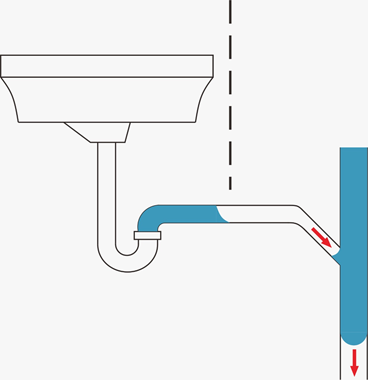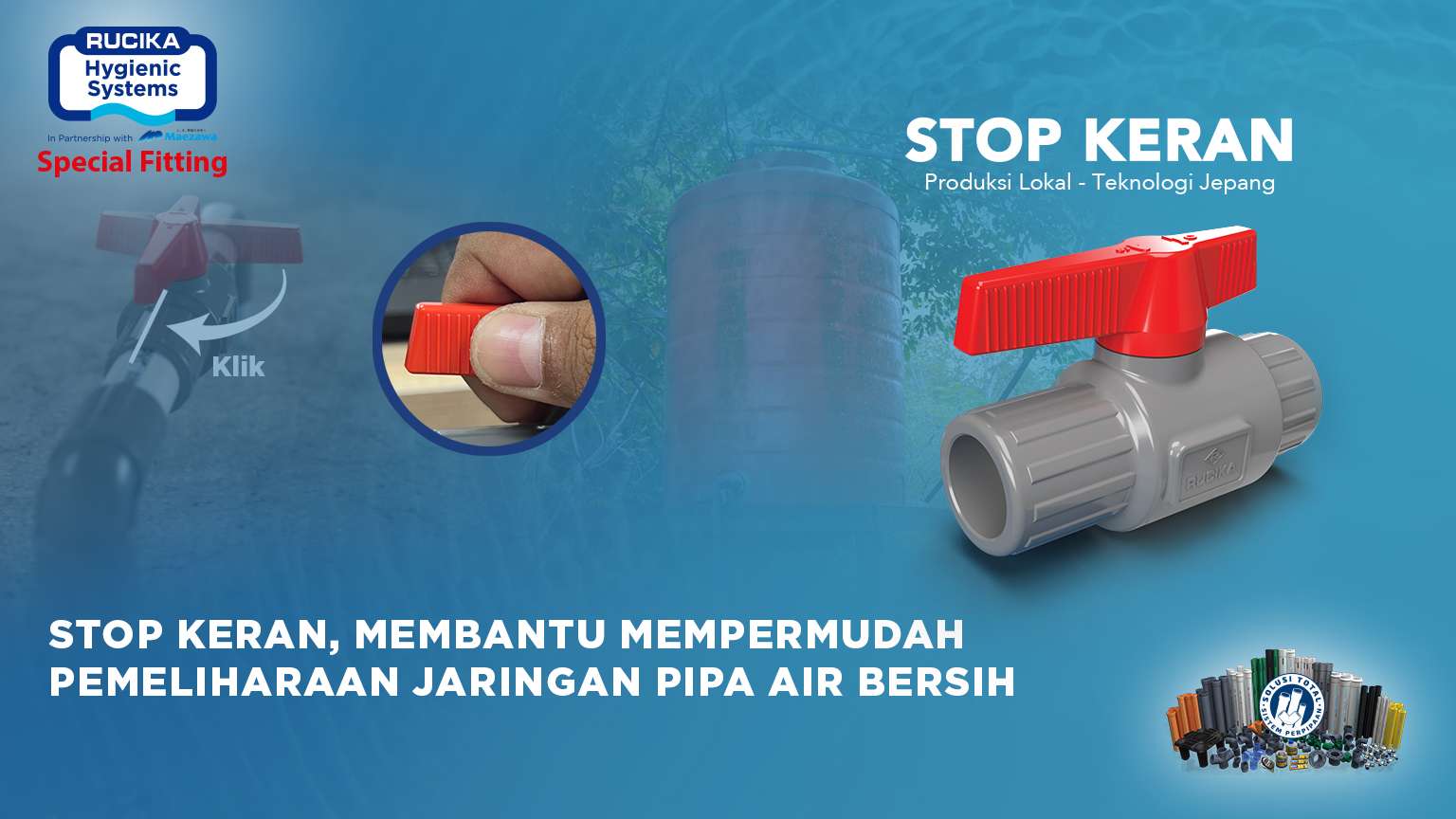Table of Contents
As we know, one of the most important parts in a building is the installation of waste water pipes. Therefore, certain conditions are needed to design a waste water pipes installation. Some of the requirements for the installation of waste water pipes, namely that flowing water must be with air and in the installation of sewage pipes, no pressure is allowed. Why must this be fulfilled? This article will describe 2 types of failures that can occur if the requirements for installing the waste water pipe are not fulfilled.
1. Chiffon / Suction Effect

This effect occurs in the odor trap (P-Trap) which is installed close to the downpipe, and in the standpipe suddenly flows large enough waste water from the horizontal branch. This results in negative pressure in the plumbing device trap which will suck the water in the odor trap going out into the wastewater vertical pipe.
Read: Wastewater Smell Solution
2. Blow-out Effect

This effect occurs in the smell trap tool plumbing (P-Trap) installed close to downpipe, and inside the standpipe suddenly flowing waste water large enough from the horizontal branch above it. As a result, in the smell trap of the plumbing device, positive pressure arises will push water out of the plumbing device. Usually this effect occurs on plumbing tool located adjacent to the vertical transition standpipe to horizontally.
Above, 2 types of failures that can occur in the installation of waste pipes have been described if the conditions are not met. Therefore, to avoid these failures, it is necessary to have a proper vent system so that the waste water can flow properly to the installation.
Well, on another article’s we will explain the types of vent systems that are right!





